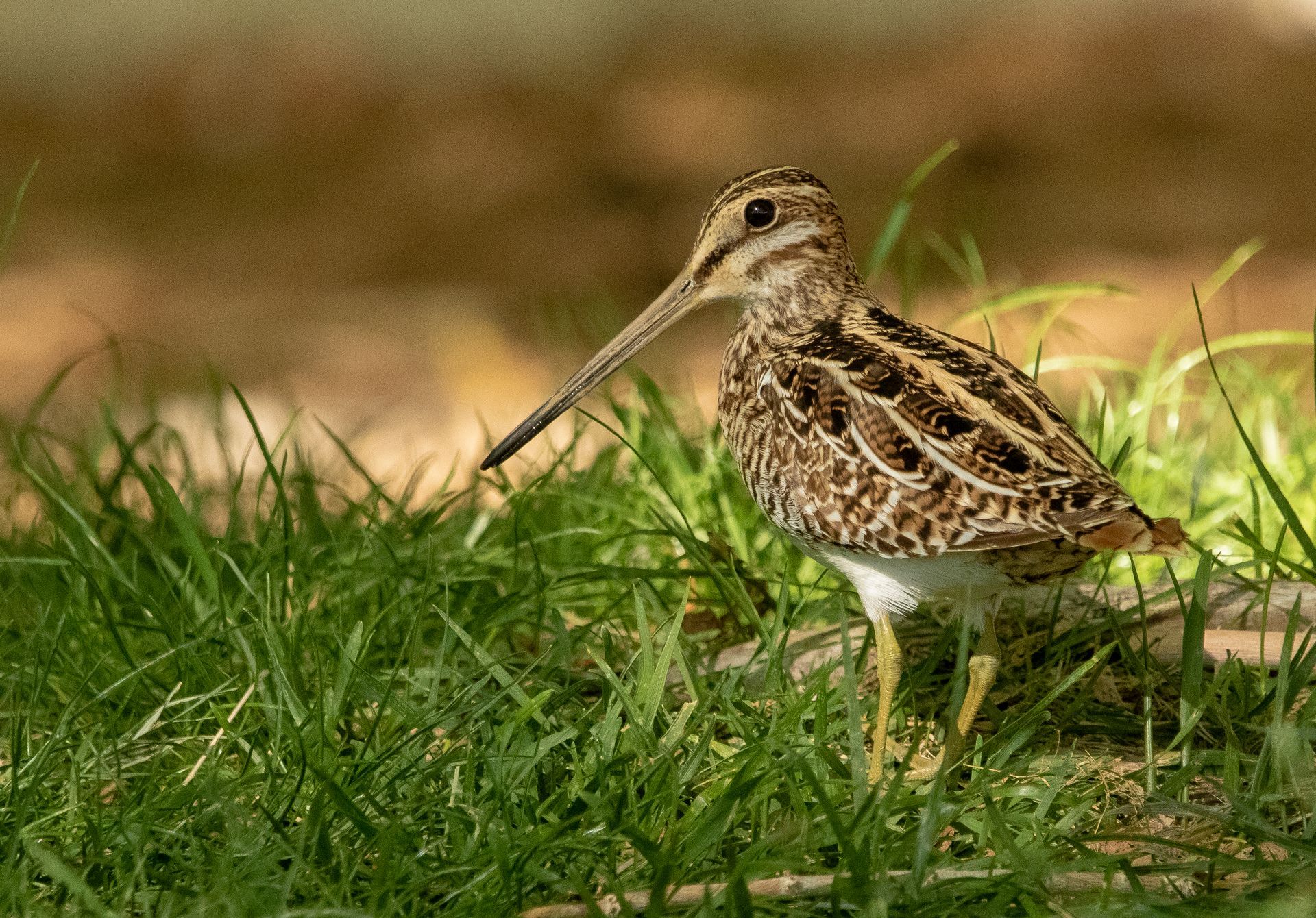Morning at Manzanita Lake
By Jackson Roth
A month into a summer trip to the Pacific Northwest, we had already heard many of the species in that region, so we were excited to go to Manzanita Lake, in Lassen Volcanic National Park, to try to see a lot of the birds we had been hearing around the area.
We woke up early at Manzanita Lake Campground to make sure we would have dawn birding on the lake full of active, singing birds, where we could admire their cute or majestic plumage.
Manzanita Lake was close to our campground, as its name suggests, so it was a short walk through the woods to get to the lake. It was a diverse habitat, a patch of forest farther from the lake and a bit of reeds and marsh closer to the lake. With the mixture of habitats, we were hopeful that this would be a wonderful birding day. The first things I noticed when we approached the lake were the red-winged blackbird songs. The metallic sounds were constant and from everywhere; along our trip we had been hearing red-winged blackbird songs in marshes and had joked that we should make their songs into ringtones. When you first hear their songs, it can sound grating and annoying, but then you get used to it, and it’s just kind of silly. When we got closer, we could finally see them, and their wings were, as usual, a vibrant shade of red.
The second thing I noticed were the ducklings. As we approached I could see some mallard ducklings and some other ducklings in the distance; those would prove to be bufflehead ducklings. The closer ducklings were yellowish-beige and with their mother, a mallard by her size and brown streaks. We decided to step closer to the shore to see the mallard ducklings better, while being careful not to get too close, and they lived up to the classic image of fluffy, innocent ducklings. Small, puffy cheeks, probably a few weeks old judging by the size and drab color. They were having adorable moments where their mother flipped her body and stuck her head in the water, and they attempted, and kind of succeeded, in doing the same. The mother’s head would go under the surface, then two of the ducklings’ heads would go under the surface, then the whole squad would join them. It was endearing to watch the ducklings grow and learn to be adults.
We had kept Merlin SoundID on this whole time, and soon after that, it heard a bald eagle call. This was exciting since it had been a few trips since we had last seen a bald eagle, and I was struck last time by how large and impressive it was. Knowing that they often roost in tall trees and hunt in nearby bodies of water, we went closer to the lush forest near the lake, looking towards the tops of trees to find the perched raptor. We soon saw it, the majestic bald eagle with a classic yellow beak, white head, and brown body. Well, it would have been majestic, were it not being attacked by four ravens. They furiously tried and tried but were not able to succeed in displacing him. It was fascinating to watch this territorial battle. We kept an eye on the bald eagle, finally able to show his true majesty. But he was later, again, attacked by two of the ravens. We don’t know why, maybe it was a more strategic attack, but they succeeded in displacing him this time. They pecked and stabbed and were finally able to make him fly away from his precious perch.
After this we saw a pied-billed grebe swimming around in the reeds with some squabbling Canada geese. He was compact and pretty with rusty brown feathers and a little white bill. After around five dives under the surface, we finally saw him come up holding the middle of a fish in his bill, the two ends of it hanging out like a silver, gleaming mustache, which he took across the lake to devour. For some strange reason, I felt proud of him for catching that little fish.
After that we got an up close view of the bufflehead ducklings. So so cute, round and fuzzy. They had a beautiful white streak on their cheeks, and the rest of their heads were black. They seemed a bit younger than the mallard ducklings, sitting with their mother on a log. They were adorable. Soon they went for a swim with their mother, little round ducklings bobbing in the small waves on the lake. We saw the fluffy bufflehead ducklings from some different vantage points and got some good pictures.
While we were there we also got some better views of the red-winged blackbirds who continued to create a cacophony of sound as a backdrop to our birding. Their wings were stunning as they flew while some perched on the reeds and sang. We also went on a small hike in the nearby forest which proved to be a secluded place with some yellow-rumped warblers around. They are some of my favorite birds, with their striking yellow plumage and silly nickname “butterbutt.” When we travel north we get to see them in the summer, and in Vegas we get to see them in the winter.
This exciting, bird-filled morning showed us there are often lots of different habitats, and thus different bird species, in a small place while reminding us how much more fun seeing birds is than only hearing them. Without getting any new life listers, it was a fabulous birding day.
RECENT ARTICLES



